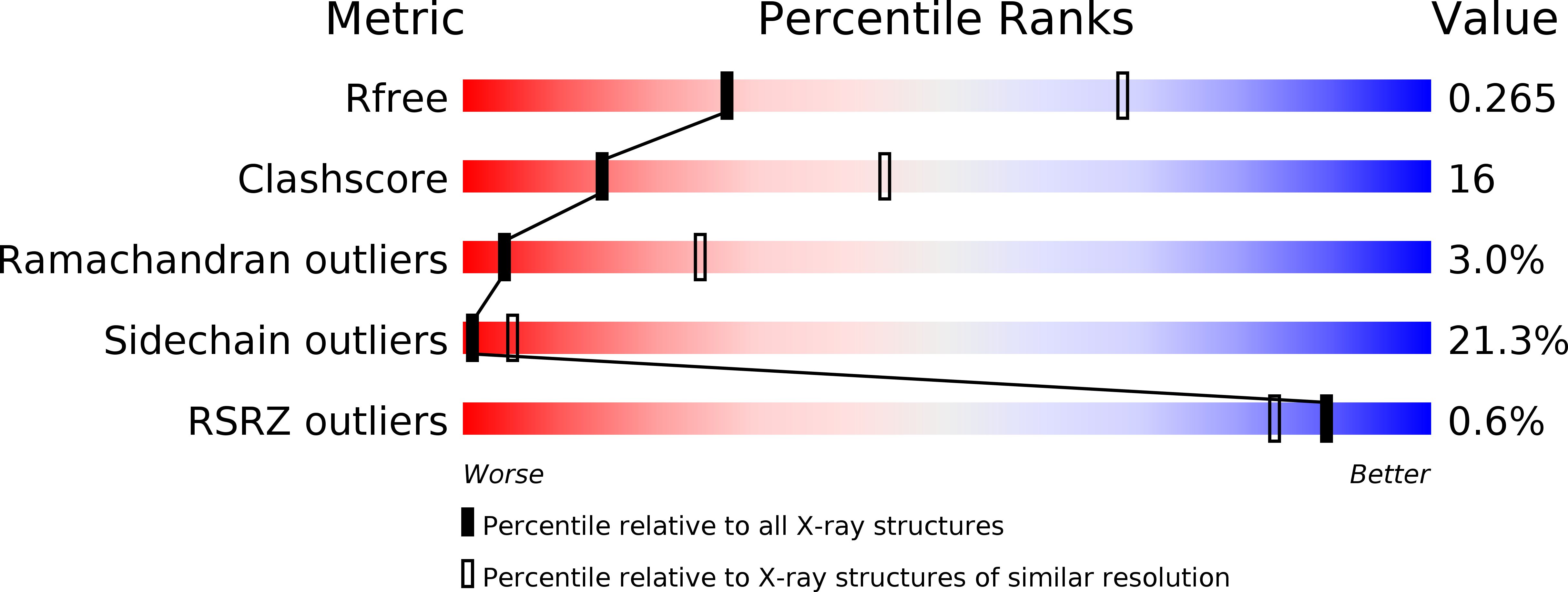
Deposition Date
2004-08-11
Release Date
2005-01-13
Last Version Date
2024-05-08
Method Details:
Experimental Method:
Resolution:
3.15 Å
R-Value Free:
0.27
R-Value Work:
0.19
R-Value Observed:
0.19
Space Group:
P 3


